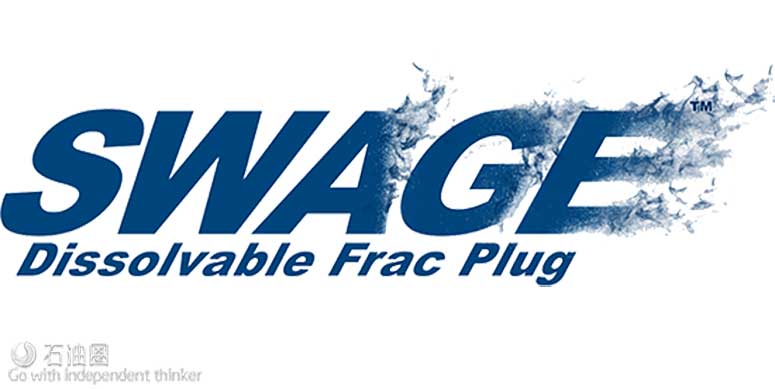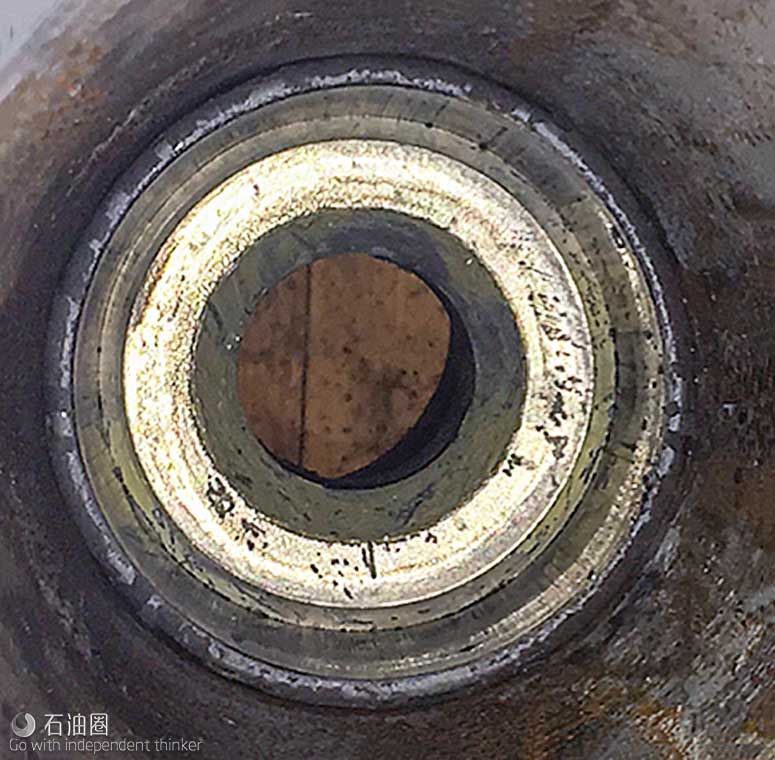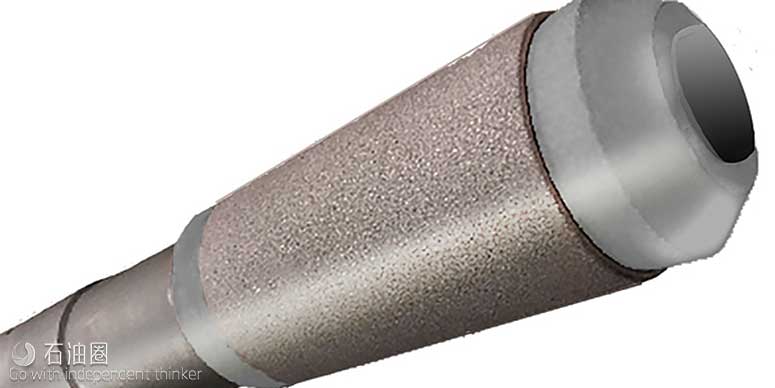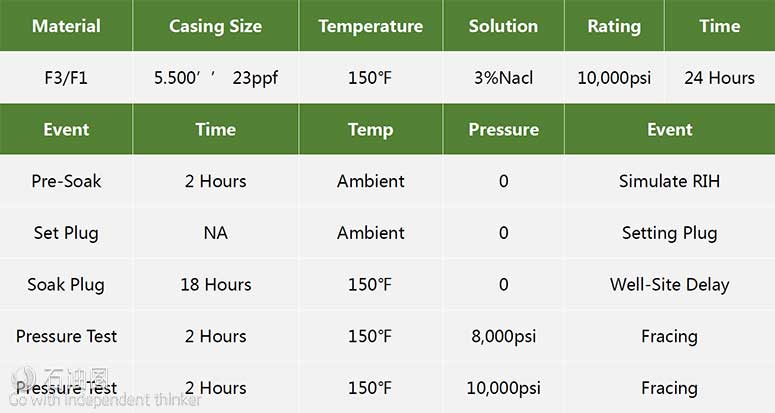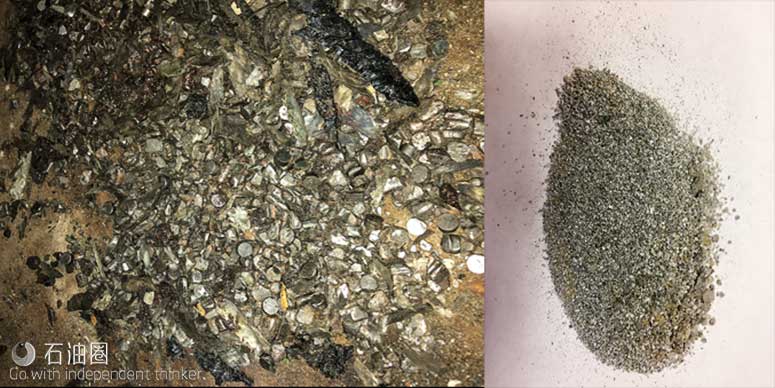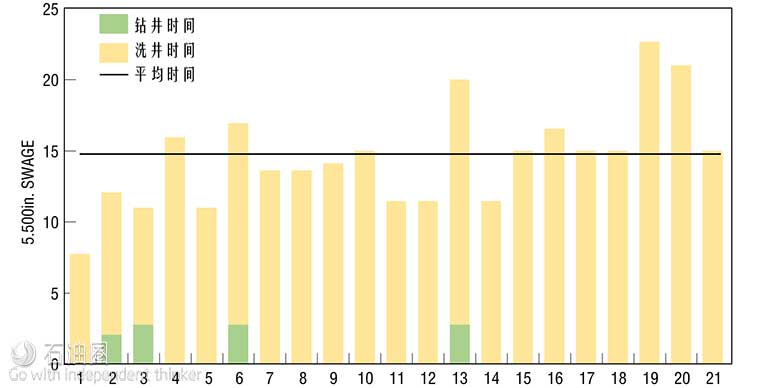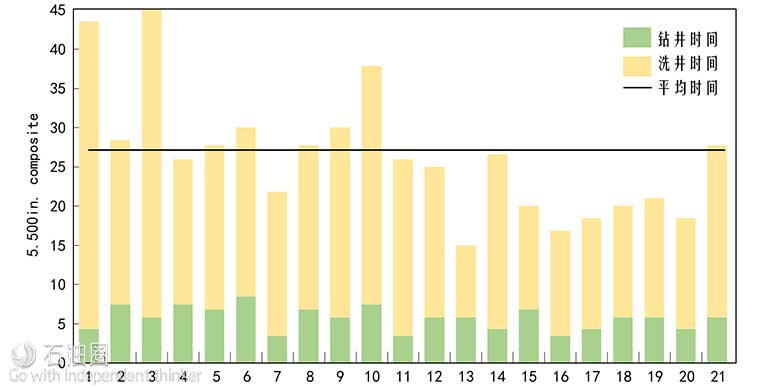In long lateral completions, a new approach to dissolvable frac plugs is overcoming traditional challenges—timely and total dissolvability across full laterals—in various wellbore fluids and temperatures. The advance is enabling long-standing industry goals of interventionless completions, and revealing new efficiencies and design flexibility in wells, where low wellbore pressure and sand returns still require coiled tubing clean-out. In the field, clean-out time with the plug design has been reduced ≤12 min./stage and +12 hr/well.
Early dissolvable plugs were more costly and had limited utility, because they were not entirely dissolvable. They still retained many of the same components that made composite plugs difficult to drill out, such as slips with carbide or ceramic buttons. Though functional, the complex design and large amount of material required by these plugs prohibited effective degradation, and ultimately required wellbore intervention to remove the undissolved debris.
In addition, these dissolvable plug designs presented other operational issues. Often, their performance was constrained by the wellbore environment. Even incomplete dissolvability required a specific concentration brine fluid and temperature range. Because these factors are also time-dependent, managing multi-well pad completions to optimize plug dissolvability added to the difficulty and expense.
The inherent challenge presented by these early dissolvable plugs was a combination of design and materials. The relationship between the two was as unbreakable as it was undissolvable.
Achieving timely, total dissolvability required a significant departure from both constraints. A novel frac plug, developed by Innovex Downhole Solutions, is a simple three-piece design that expands to the casing wall. Traditional slips and elements—the undrillable parts of conventional dissolvable plugs—are eliminated. Instead, a grit surface on the exterior of the expanded plug acts both as a metal-to-metal seal and an anchoring device. The minimalist design uses 75% less material than traditional dissolvable plugs, which allows it to dissolve more easily under a variety of wellbore conditions.
The design is enabled by an alloy that is both expandable and fully dissolvable. It is the sole material used in the frac plug; there are no elastomers, brass, aluminum, carbide or other materials that have traditionally presented challenges. The proprietary material—a melted metal—provides more consistent parameters and higher dissolve rates than powdered metal. Comparatively, the material also exhibits better elasticity, ductility and toughness, and is more easily customized than typical powdered metal. Variations of the material are used to produce different dissolve times and rates, in specific wellbore temperatures and brine concentrations.
OPERATIONAL COMPONENTS
The SWAGE plug is set with standard industry wireline tools and has no moving external parts, eliminating the risk of pre-setting. After the stage is pumped, and the diversion ball falls off the seat, the plug presents a large bore for flowback. The plug, in 4?-in. to 5?-in. casing sizes, is 8 in. long with an OD under casing drift.
A cylindrical swage body that expands to set against the casing and a donut-shaped swage are included in the limited components. The swage is mechanically forced into the swage body to expand its diameter, anchoring it and providing a seal with the casing ID.
PERFORMANCE VALIDATION
In performance validation tests, the plug was subjected to various temperature and fluid conditions. It qualified to 10,000 psi for 12 hr and 24 hr, depending on material selection.
Degradation testing was performed to accurately predict the dissolvability of the plug under typical wellbore conditions. Both coupon and full-scale testing were used to create a predictive model. The dissolve charts accurately predicted dissolvability in various fluids, from fresh water to 3% chloride concentration, at temperatures ranging from 120° F to 350° F. In most common applications, the plug is completely dissolved in three to five days at temperatures ranging from 120° F to 350° F, and in fluids from fresh water to 3% chlorides.
FIELD STUDIES
Dissolvability of the SWAGE plug was studied in several completions in South and West Texas. The studies involved a variety of applications in which coiled tubing was used, or where no clean-out was conducted. In some instances, the operator initiated the clean-out before the plugs were expected to have fully dissolved. Nevertheless, drill-out confirmed that the great majority did dissolve. The remaining plugs were dissolved to such a significant extent that it was clear additional time would have resulted in fully dissolved plugs. In these instances, the plugs were so easily drilled that coiled tubing time was reduced considerably and it was more effective, especially in difficult toe sections.
In a Midland basin well, in the Permian basin of West Texas, 23 of the dissolvable frac plugs were run at the heel of the well, with an additional 23 composite plugs run below to TD. Within 48 hours after the frac, coiled tubing was used to clean out the lateral and confirm that the frac plugs had dissolved.
Of the 23 dissolvable plugs, only three were tagged. The drill time for the three that had not completely dissolved averaged less than 1.5 min., indicating that the plug was mostly dissolved and would have dissolved fully, given the full-time period. With the dissolvable plugs, the time to drill through the plugs, and wash sand and debris, averaged 14 min. per stage, compared to 27 min. per stage for the composite plugs. Less drill and wash time reduced the overall cost of the intervention.
A West Texas comparison of drill-out operations in full laterals placed 40 dissolvable plugs in one well and 40 composite plugs in another. The 10,000-ft laterals presented a challenge to reach the end of the well with coiled tubing. The dissolvable plugs allowed for faster travel time and eliminated drill-out time. Coiled tubing time for the last 15 stages was only 4 hr versus the 9 hr required with composite plugs.
The time reduction and ease of operations demonstrated that a lower-cost drill-out BHA could be used in the future. Mitigating mill-out operations and reducing debris made it possible to consider a lower-rate BHA with only wash nozzles for sand management.
The savings were particularly significant when applied to the full frac program. The operator typically completes and drills out 12 wells per month. Saving 12 hr/well equates to six drill-out days for a significant cost reduction. In addition, the dissolvable plugs mitigated sticking risk by reducing the amount of debris.
CONCLUSION
Tests and field applications have shown that a frac plug design, using just a few high-strength, fully dissolvable components, provides a dependable, durable and cost-effective solution for temporary zonal isolation during stage fracs in both horizontal and vertical wells. The SWAGE frac plug installations demonstrate that the simple design dissolves predictably, making it possible to achieve the industry goal of eliminating drill-out. Significantly, in applications where intervention is still required, the fully dissolvable plug also greatly improves drill-out efficiency and reduces associated risks.

 石油圈
石油圈